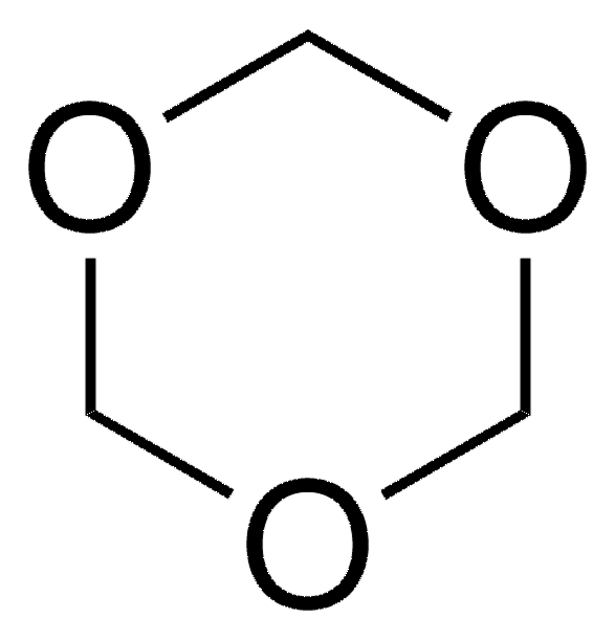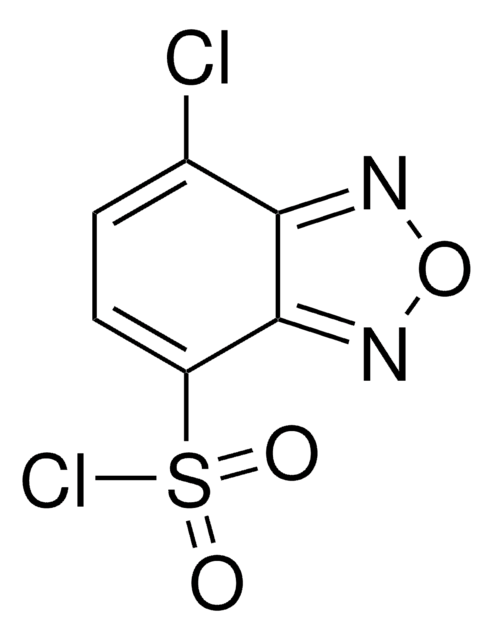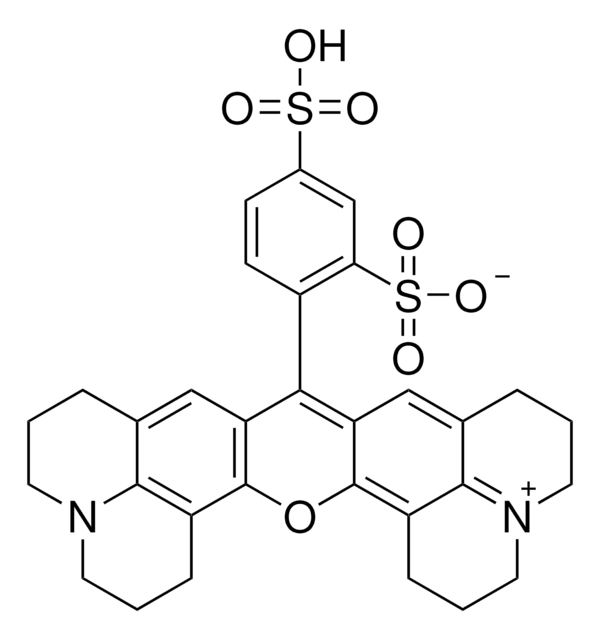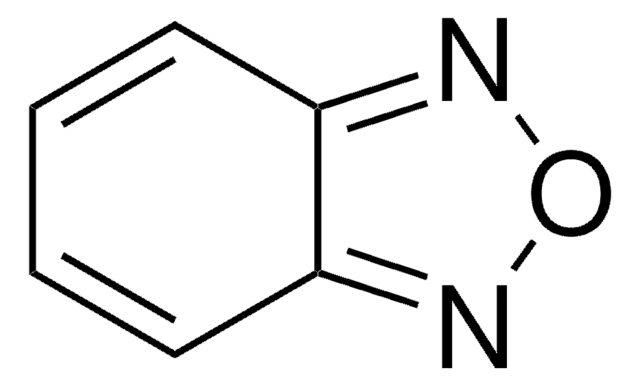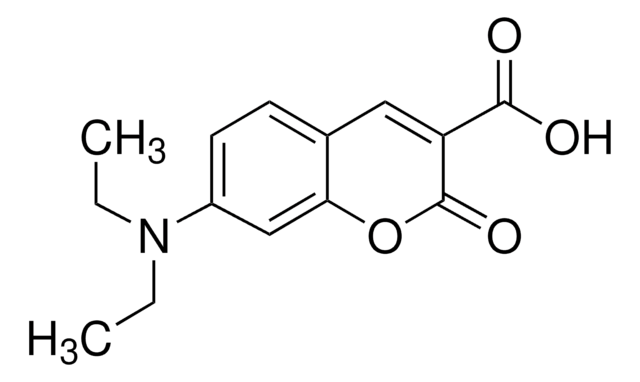Kluczowe dokumenty
72964
6-(7-Nitrobenzofurazan-4-ylamino)hexanoic acid
suitable for fluorescence
Synonim(y):
6-(7-Nitro-2,1,3-benzoxadiazol-4-ylamino)hexanoic acid
About This Item
Polecane produkty
Próba
≥96.0% (HPLC)
Formularz
powder
fluorescencja
λex 466 nm; λem 535 nm in methanol
przydatność
suitable for fluorescence
ciąg SMILES
OC(=O)CCCCCNc1ccc([N+]([O-])=O)c2nonc12
InChI
1S/C12H14N4O5/c17-10(18)4-2-1-3-7-13-8-5-6-9(16(19)20)12-11(8)14-21-15-12/h5-6,13H,1-4,7H2,(H,17,18)
Klucz InChI
DJFNQJJTTPMBIL-UHFFFAOYSA-N
Inne uwagi
Hasło ostrzegawcze
Danger
Zwroty wskazujące rodzaj zagrożenia
Zwroty wskazujące środki ostrożności
Klasyfikacja zagrożeń
Acute Tox. 3 Oral - Eye Irrit. 2 - Skin Irrit. 2 - STOT SE 3
Organy docelowe
Respiratory system
Kod klasy składowania
6.1C - Combustible acute toxic Cat.3 / toxic compounds or compounds which causing chronic effects
Klasa zagrożenia wodnego (WGK)
WGK 3
Temperatura zapłonu (°F)
Not applicable
Temperatura zapłonu (°C)
Not applicable
Środki ochrony indywidualnej
Eyeshields, Faceshields, Gloves, type P2 (EN 143) respirator cartridges
Wybierz jedną z najnowszych wersji:
Masz już ten produkt?
Dokumenty związane z niedawno zakupionymi produktami zostały zamieszczone w Bibliotece dokumentów.
Klienci oglądali również te produkty
Produkty
Nitric oxide (NO) as a signal transporter in neurons, endothelial cells and in the immune system.
Nasz zespół naukowców ma doświadczenie we wszystkich obszarach badań, w tym w naukach przyrodniczych, materiałoznawstwie, syntezie chemicznej, chromatografii, analityce i wielu innych dziedzinach.
Skontaktuj się z zespołem ds. pomocy technicznej



